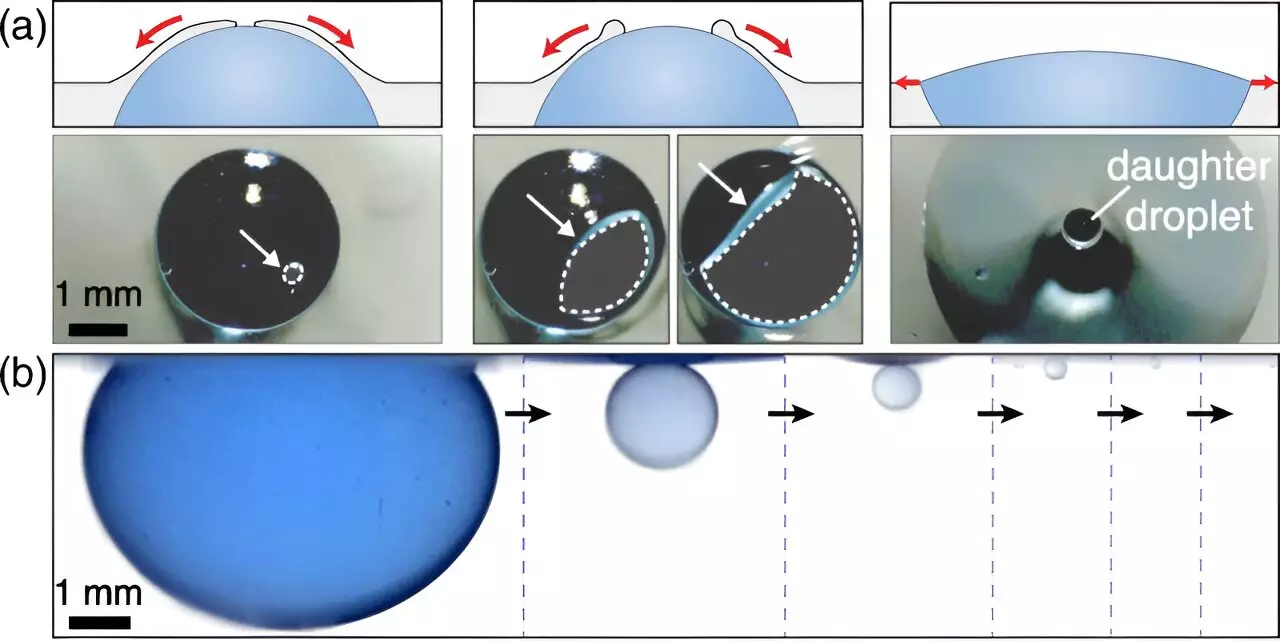Oil spills are a significant environmental concern, with devastating consequences for marine life and ecosystems. Research conducted by the University of Illinois Chicago has shed light on a previously unknown phenomenon related to oil droplets from underwater spills. This discovery challenges existing assumptions about oil slick formations and has important implications for cleanup efforts.
Traditionally, it was believed that oil drops from underwater spills would rise to the surface and form a flat film, creating an oil slick. However, the research team led by Sushant Anand found that the process is more complex. When oil drops reach the water’s surface, they remain partially submerged, leading to the formation of smaller “daughter” drops. This continuous cycle of droplet formation makes cleanup efforts more challenging.
The presence of these smaller oil droplets underwater poses a threat to marine life and ecosystems. Current cleanup strategies focus primarily on addressing oil slicks above the surface, overlooking the potential impact of underwater pollutants. Understanding the mechanics of oil dispersion is crucial for developing more effective cleanup methods and mitigating environmental damage.
Potential Solutions
One potential solution identified by the research team is to increase the viscosity of the water, which can help keep oil droplets intact and prevent the formation of smaller daughter drops. Additionally, the use of biodegradable, water-soluble compounds at spill sites could aid in cleanup efforts by increasing water viscosity. These innovative approaches have the potential to improve the efficiency of oil spill cleanups and minimize environmental harm.
The findings of this study have implications beyond underwater oil spills in the ocean. Pipelines that run under lakes and rivers, as well as oil spills from ships, can also generate similar mechanisms of droplet formation. It is essential for oil companies to consider this new information when predicting the size and spread of spills and incorporate it into their cleanup strategies. Further research is needed to understand how these tiny oil droplets impact underwater species and ecosystems.
The research conducted by the University of Illinois Chicago highlights the complexity of oil droplet dispersion from underwater spills and its impact on the environment. By challenging traditional assumptions and proposing innovative solutions, the study contributes valuable insights to the field of oil spill cleanup and environmental protection. It is imperative that future research continues to explore the consequences of underwater oil droplets and develop strategies to mitigate their harmful effects on marine ecosystems.


Leave a Reply